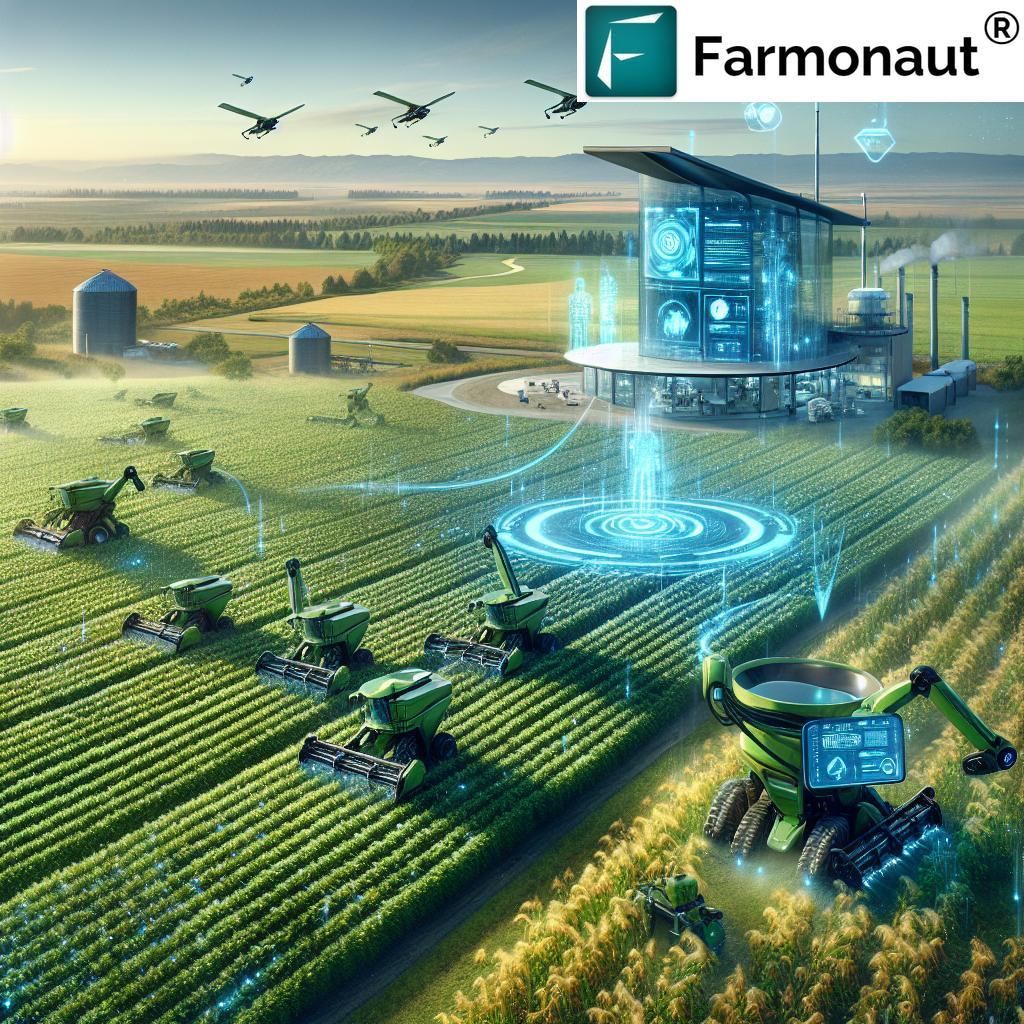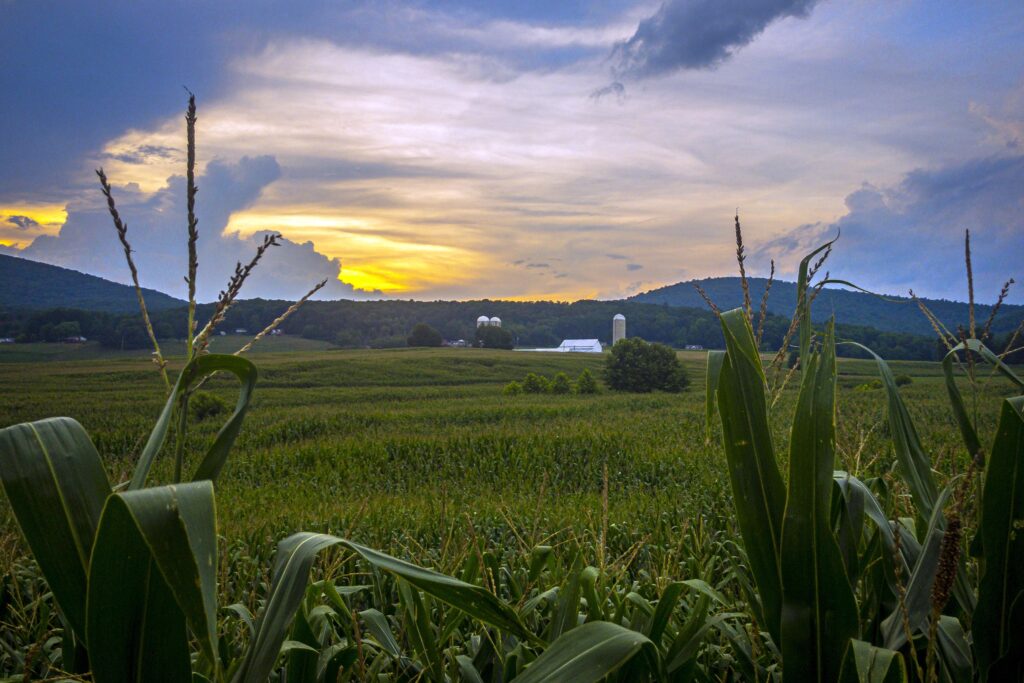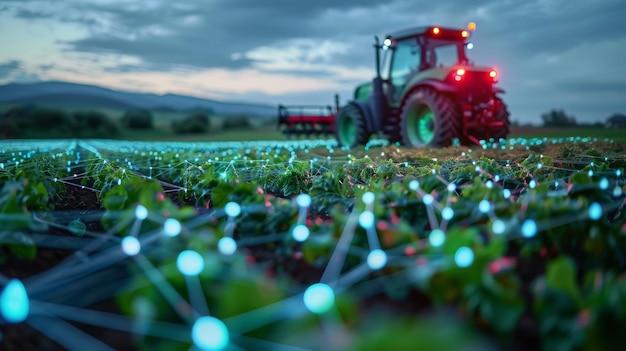The evolution of agricultural technology extends far beyond the automated tractors and robotic harvesters that have become increasingly common in modern farming. While automation remains a crucial component of agricultural advancement, new frontiers in agtech encompass sophisticated sensor networks, biotechnology, precision farming algorithms, and data-driven decision-making systems. These innovations are reshaping how we understand soil health, crop genetics, resource management, and overall farm productivity. As global food demands continue to rise amid environmental challenges, the integration of diverse technological solutions offers promising pathways for sustainable and efficient food production. The integration of advanced technologies into farming practices extends far beyond automated tractors and irrigation systems. Modern agricultural innovations encompass sophisticated data analytics, artificial intelligence, and biotechnology solutions that revolutionize how we grow and manage crops.
Vertical farming systems utilize LED lighting and hydroponics to maximize space efficiency while minimizing water usage. These systems employ intelligent sensors that monitor plant health, nutrient levels, and environmental conditions in real-time. the data collected enables precise adjustments to growing conditions, resulting in optimal yield and resource utilization.Drone technology has evolved to provide detailed aerial imagery and mapping capabilities. These unmanned aerial vehicles equipped with multispectral cameras can detect plant stress, disease outbreaks, and nutrient deficiencies before they become visible to the human eye. This early detection system allows farmers to address issues proactively, reducing crop losses and pesticide use.
Genetic editing tools like CRISPR-Cas9 are being used to develop resilient crop varieties that can withstand extreme weather conditions and resist common diseases.This biotechnology advancement helps create sustainable farming solutions while maintaining crop quality and yield potential.
internet of Things (IoT) devices connected through agricultural management platforms provide comprehensive farm monitoring capabilities. These systems track soil moisture, weather patterns, and crop development stages, enabling data-driven decision-making for planting, harvesting, and resource allocation.Robotics in agriculture has expanded to include selective harvesting systems that can identify and pick only ripe produce,reducing waste and labor costs. These robots use machine learning algorithms to improve their accuracy and efficiency over time.
Blockchain technology is being implemented to enhance food traceability and supply chain transparency.This system allows consumers to track their food from farm to table, ensuring food safety and authenticity while providing valuable data for agricultural planning.
Precision agriculture tools now incorporate artificial intelligence to predict crop yields, detect pest infestations, and optimize fertilizer submission. These systems analyze historical data, weather forecasts, and current field conditions to provide actionable insights for farmers.
Microbiome engineering focuses on understanding and enhancing beneficial soil organisms to improve crop health naturally. This approach reduces dependency on chemical fertilizers while promoting sustainable soil management practices.
Smart greenhouses utilize automated climate control systems that adjust temperature, humidity, and ventilation based on plant needs. These facilities can operate year-round, providing consistent crop production regardless of external weather conditions.
3D printing technology is being used to create customized tools and replacement parts for farming equipment, reducing downtime and maintenance costs. This technology also enables the production of specialized irrigation components and plant support structures.
Choice protein production methods, including lab-grown meat and insect farming, are emerging as sustainable solutions to traditional livestock farming. These innovations address environmental concerns while meeting growing protein demands.



